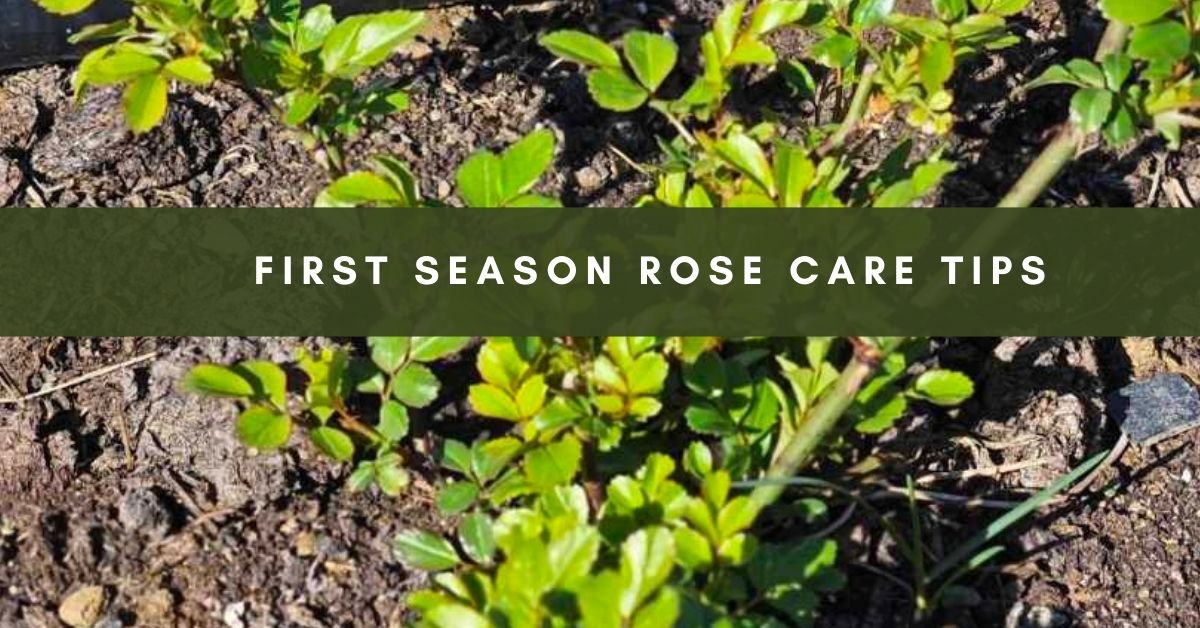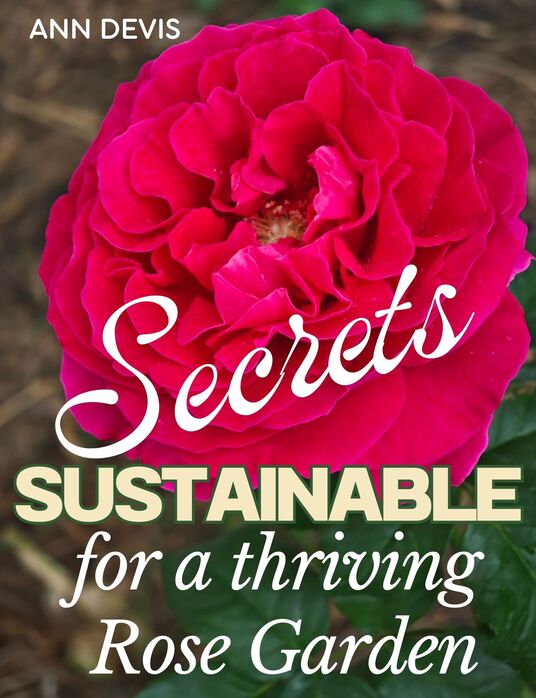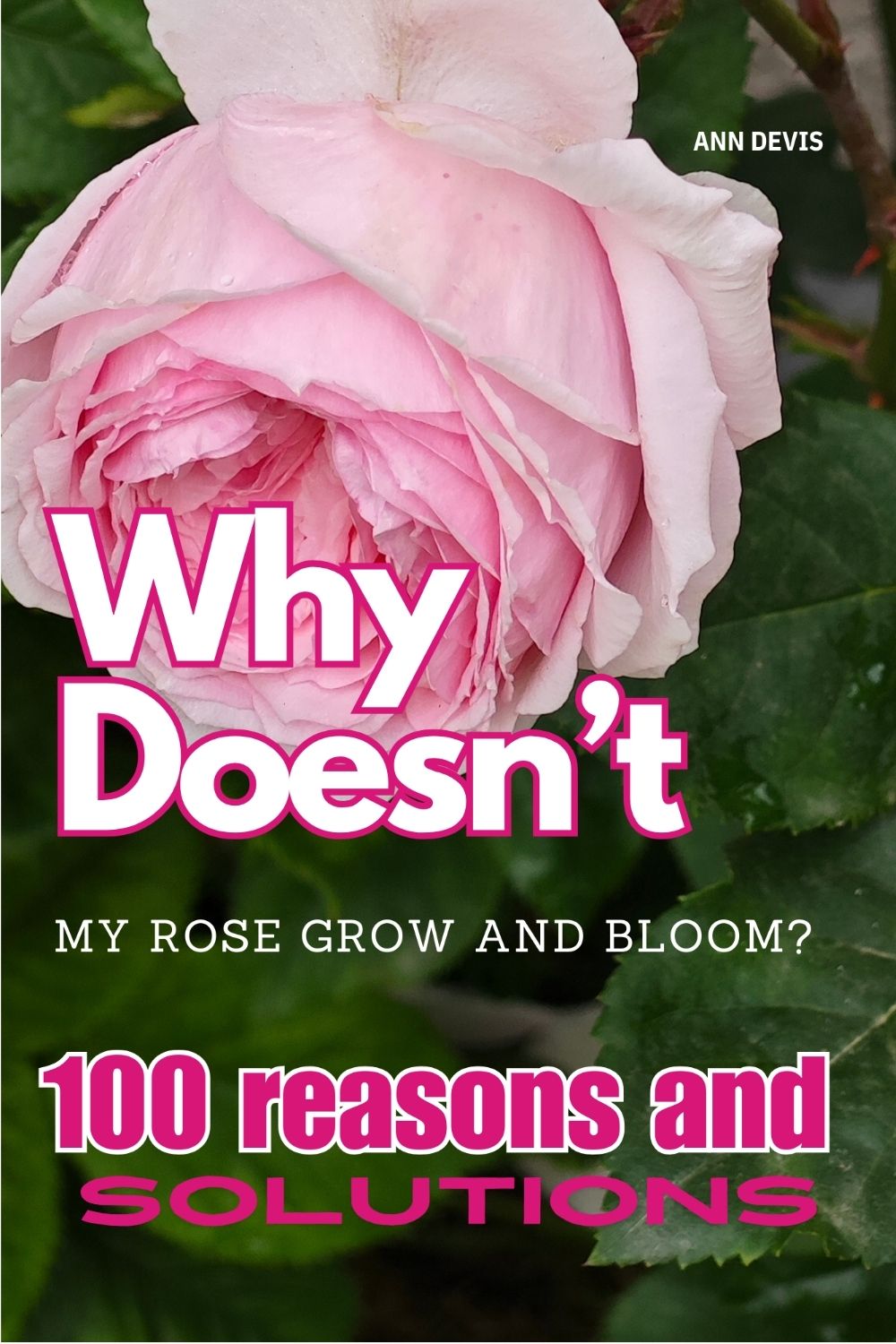Welcoming roses into your garden is akin to starting a new friendship—full of promise, beauty, and joy. But just as friendships require nurturing from the start, newly planted roses need attentive care in their initial season to grow healthy and vibrant.
Selecting the Perfect Location
Roses adore sunlight and perform best with a minimum of 6 hours of direct sun daily.
When choosing a site for planting a new rose, select one with the predominant morning sun. This will help dry out the night moisture, which greatly helps prevent fungal diseases.
Pay attention to drainage if the groundwater is close. Roses do not like to grow in waterlogged areas.
Garden tips
Incorporate compost or aged manure into your soil before planting to boost nutrients and enhance drainage.
Watering Practices
In the first year, roses require steady, deep watering to establish robust roots. Usually, watering deeply two to three times weekly is ideal, adjusting based on your local climate and soil type. Always water near the soil surface, avoiding wetting the leaves to minimize fungal diseases like black spots.
Watering in the early morning helps plants manage heat stress and reduces the likelihood of disease.
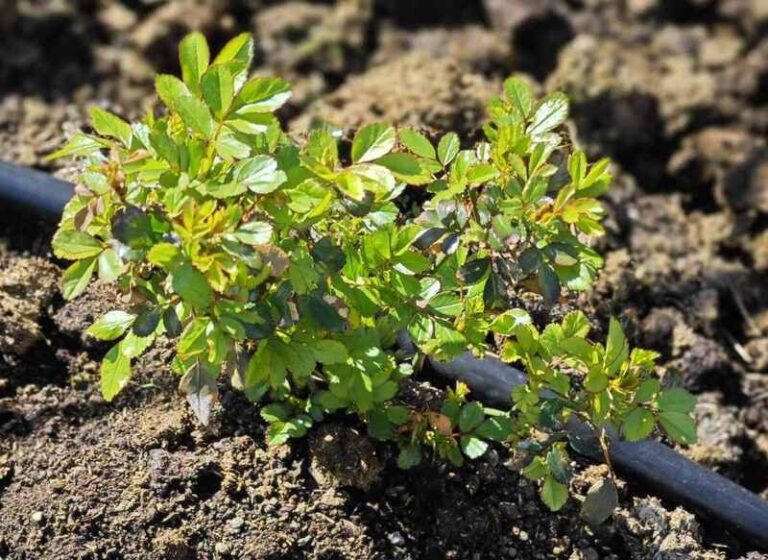
Mulching for Protection and Moisture
Be sure to add mulch under your roses. A 2-3 inch layer of organic mulch will suffice. This can be grass clippings or shredded bark. Mulch acts as an organic fertilizer, retains moisture, controls weeds, and stabilizes soil temperature, preventing young roots from overheating. Ensure the mulch does not touch the rose stem directly, as moisture trapped near the crown can promote rot. Instead, pull the mulch back 1-2 inches from the rose trunk.
Gentle Fertilization Approach
During the initial weeks, avoid strong fertilizers. After about 4–6 weeks, introduce gentle, balanced fertilizers specifically formulated for roses, such as slow-release granules or organic solutions like compost tea or diluted fish emulsion.
Garden tips
Stop fertilizing in late summer to prepare your roses naturally for winter dormancy.
Initial Pruning and Bud Pinching
In the first season, pruning should focus on removing damaged or weak stems and directing energy to developing roots and stems. Consider pinching off the earliest flower buds. You will certainly enjoy seeing your beauty bloom. But be patient. Let the plant develop a strong root system; do not let it spend all its energy on flowering. Leave 1-2 buds to admire the new rose if you want to. This practice will guarantee abundant flowering in the following seasons and a healthier plant.
You need a rose for more than one season, right?
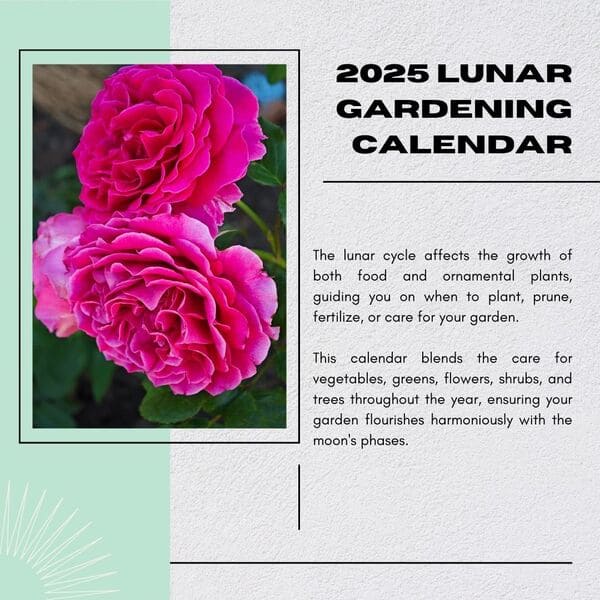
Get Your Free Lunar Gardener's Calendar 2025!
Join the Lunar Gardening Revolution! Subscribe now to receive our exclusive Free Lunar Gardener’s Calendar for 2025. Harness the power of the moon to optimize your planting, nurturing, and harvesting.
Seasonal Care Tips for First-Year Roses
Spring:
- Plant early for the strongest start.
- Begin watering lightly and add mulch promptly.
- Watch closely for emerging pests.
Summer:
- Deep water consistently, especially during hot spells.
- Inspect regularly for signs of stress or disease.
Autumn:
- Stop fertilizing to prevent new, frost-vulnerable growth.
- Gradually decrease watering frequency.
Winter:
- Heavily mulch to protect roots.
- Wrap roses in burlap in icy regions to safeguard them from severe frost.
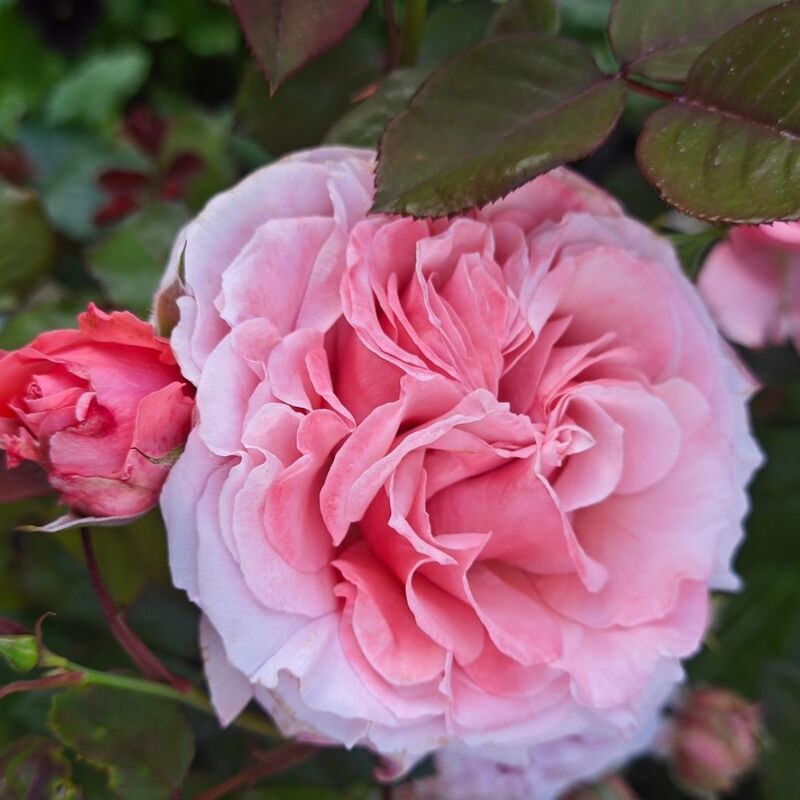
Common Issues and Prevention
Stay observant of common threats like aphids, Japanese beetles, black spots, and powdery mildew. Utilize organic treatments such as neem oil or homemade insecticidal soaps. Avoid broad-spectrum pesticides to preserve beneficial insects and pollinators.
You can learn more about preventing rose diseases and pests and effective control methods here.
First-Year Roses vs. Mature Rose Care
First-Year Rose Needs: Prioritize consistent watering, gentle feeding, minimal pruning, vigilant pest control, and generous mulching. Pinching blooms in the first season enhance future strength.
Established Rose Needs: Once mature, roses need less frequent watering, tolerate more potent fertilizers, and benefit from annual pruning before spring growth. Mature plants also exhibit better resistance to environmental stresses.
A Word of Encouragement
Remember, the first season is foundational. With patience, attentive watering, strategic feeding, and protective care, your roses will reward your efforts abundantly, flourishing beautifully in the coming years.
Frequently Asked Questions
Two to three times weekly at the base, deep-water roses ensure the soil remains moist but not waterlogged.
Roses thrive in nutrient-rich, well-drained soil with a pH between 6.0 and 6.7. Enhancing the soil with compost before planting improves fertility and structure.
At least six hours of direct sun daily is particularly beneficial if it’s morning sun, as it helps minimize fungal diseases.
Start fertilizing 4–6 weeks after planting, continuing every 4–6 weeks with balanced rose fertilizers. Cease fertilizing by late summer.
Early spring pruning is ideal. Remove dead or damaged wood and shape plants to encourage airflow.
Use mulch or soil mounding to insulate the base. In colder climates, burlap wraps or rose cones help protect against severe cold.
Aphids, black spots, powdery mildew, and beetles are typical. To prevent outbreaks, control them using organic remedies like neem oil and maintain good air circulation.
Want more gardening tips? Subscribe to our newsletter for monthly advice straight to your inbox!

